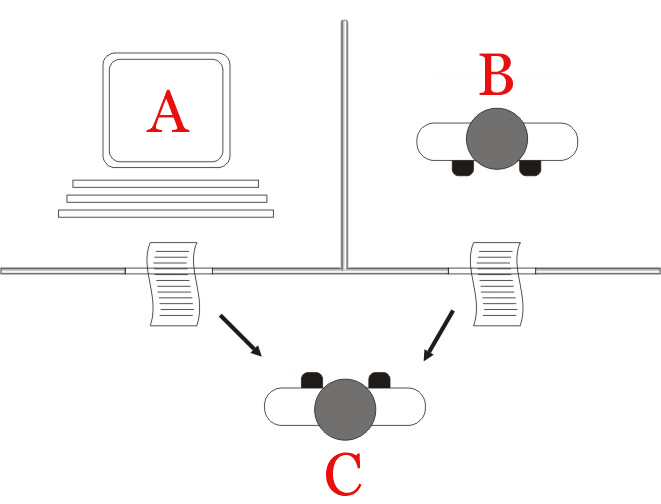The History of AI: From Concept to Reality
1. The Birth of AI (1940s-1950s)
The roots of AI can be traced back to the 1940s and 1950s, marked by significant milestones:

- 1950: Alan Turing published his seminal paper, "Computing Machinery and Intelligence," where he posed the question, "Can machines think?" This paper introduced the concept of the Turing Test, a benchmark for evaluating machine intelligence.
- 1956: The term "Artificial Intelligence" was officially coined at the Dartmouth Summer Research Project on Artificial Intelligence, organized by John McCarthy, Marvin Minsky, Nathaniel Rochester, and Claude Shannon.
- Key Figures: Alan Turing, John McCarthy, Marvin Minsky, and Claude Shannon laid the groundwork for future AI research.
2. Early AI Systems and Expert Systems (1960s-1980s)
The 1960s and 1970s saw the development of early AI systems, particularly expert systems that aimed to capture human expertise in specific domains:
- The Logic Theorist (1955-1956): Created by Allen Newell and Herbert A. Simon, it was designed to prove mathematical theorems.
- ELIZA (1964-1966): Developed by Joseph Weizenbaum, ELIZA was one of the first chatbots that could simulate conversation.
- DENDRAL (1965): An expert system for identifying organic molecules, developed at Stanford University.
- MYCIN (1972): An expert system for diagnosing blood infections, also created at Stanford.
- R1/XCON (1982): An expert system developed for Digital Equipment Corporation to configure computer systems.
These early systems demonstrated the potential of AI in solving complex problems, sparking interest in AI applications across various industries.
3. The AI Winter and Neural Networks (1970s-1980s)
Despite early successes, AI research faced setbacks during the "AI Winter" of the 1970s and 1980s, characterized by decreased funding and unmet expectations. However, this period also saw the emergence of neural networks:
- 1958: Frank Rosenblatt introduced the perceptron, an early version of an artificial neural network.
- Although initial excitement around neural networks waned, this technology would later play a crucial role in the resurgence of AI.
4. The Rise of Machine Learning (1990s-2000s)
The 1990s and 2000s marked a shift towards machine learning approaches, driven by increased computational power and the availability of large datasets:
- 1997: IBM's Deep Blue defeated world chess champion Garry Kasparov.
- Voice Recognition: Dragon Systems released NaturallySpeaking, the first publicly available voice recognition system.
- Advancements: Significant progress in natural language processing, computer vision, and robotics occurred during this time.
5. The Deep Learning Revolution (2010s)

The 2010s heralded a new era in AI with the rise of deep learning, a subset of machine learning based on artificial neural networks with multiple layers:
- Image Recognition: Convolutional neural networks (CNNs) achieved remarkable success in image recognition tasks, particularly in the ImageNet competition.
- Natural Language Processing: The development of recurrent neural networks (RNNs) and transformer models advanced natural language processing capabilities.
- AlphaGo: In 2016, DeepMind's AlphaGo defeated a world champion Go player, showcasing the power of deep learning.
6. The Era of Generative AI (2020s-Present)
The most recent phase in AI history is marked by the emergence of generative AI, exemplified by large language models like GPT (Generative Pre-trained Transformer):
- 2020: OpenAI released GPT-3, demonstrating impressive natural language generation capabilities.
- ChatGPT: Launched in 2022, ChatGPT brought conversational AI to the mainstream.
- Multimodal AI: Advancements in combining text, image, and audio processing have emerged, further expanding AI's capabilities.
- Industry Integration: AI has been integrated into various sectors, including healthcare, finance, creative arts, and education.
Conclusion
The history of AI is a testament to human ingenuity and perseverance. From its conceptual beginnings in the 1950s to the current era of generative AI, the field has experienced rapid progress, setbacks, and paradigm shifts. As AI continues to evolve, it promises to reshape industries, augment human capabilities, and open new frontiers in technology and science. Understanding this rich history provides valuable context for appreciating the current state of AI and anticipating its future developments.